Filter by
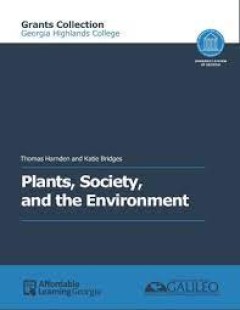
Plants, Society, and the Environment
Affordable Learning Georgia Grants Collections are intended to provide faculty with the frameworks to quickly implement or revise the same materials as a Textbook Transformation Grants team, along with the aims and lessons learned from project teams during the implementation process.
- Edition
- -
- ISBN/ISSN
- -
- Collation
- -
- Series Title
- -
- Call Number
- 580 HAR p

Microbial-mediated Induced Systemic Resistance in Plants
With a focus on food safety, this book highlights the importance of microbes in sustainable agriculture. Plants, sessile organisms that are considered as primary producers in the ecosystem and communicate with above- and below-ground communities that consist of microbes, insects, and other vertebrate and invertebrate animals, are subjected to various kinds of stress. Broadly speaking, these can…
- Edition
- 1
- ISBN/ISSN
- 978-981-10-0387-5
- Collation
- X, 226
- Series Title
- -
- Call Number
- -
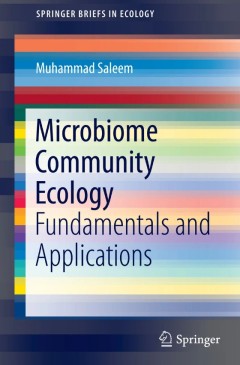
Microbiome Community Ecology
This book reviews the mechanisms, patterns, and processes that regulate prokaryotic diversity through different habitats in the context of evolutionary and ecological hypotheses, principles, and theories. Despite the tremendous role of prokaryotic diversity in the function of the global ecosystem, it remains understudied in comparison to the rest of biological diversity. In this book, the autho…
- Edition
- 1
- ISBN/ISSN
- 978-3-319-11664-8
- Collation
- VIII, 152
- Series Title
- SpringerBriefs in Ecology
- Call Number
- -

Edible Medicinal and Non-Medicinal Plants
Volume 10 is part of a multi compendium Edible Medicinal and Non-Medicinal Plants. This work is of significant interest to medical practitioners, pharmacologists, ethnobotanists, horticulturists, food nutritionists, botanists, agriculturists, conservationists and general public. 59 plant species with edible modified stems, roots and bulbs in the families Amaranthaceae, Cannaceae, Cibotiaceae, C…
- Edition
- 1
- ISBN/ISSN
- 978-94-017-7275-4
- Collation
- -
- Series Title
- -
- Call Number
- X, 659
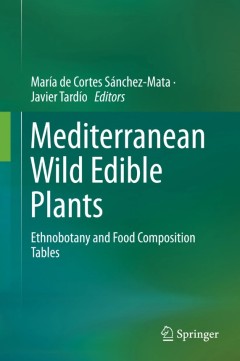
Mediterranean Wild Edible Plants
Dr. María de Cortes Sánchez-Mata, PhD in Pharmacy, is currently a professor in Food Science at the Faculty of Pharmacy, Complutense University of Madrid, Spain. She has performed a continuous research on the analysis of nutrients, antinutrients and bioactive compounds in plant foods, with the focus on human health promotion. Dr. Javier Tardío, PhD in Agricultural Engineering, is currently…
- Edition
- 1
- ISBN/ISSN
- 978-1-4939-3327-3
- Collation
- -
- Series Title
- Mediterranean Wild Edible Plants
- Call Number
- XII, 478
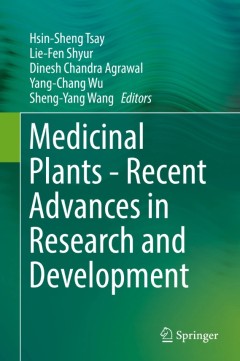
Medicinal Plants - Recent Advances in Research and Development
Since ancient times, plants have been used as a prime natural source of alternative medicines and have played an important role in our lives. The old tradition of medicinal plant application has turned into a highly profitable business in the global market, resulting in the release of a large number of herbal products. People have tried to find different sources of medicines to alleviate pain a…
- Edition
- 1
- ISBN/ISSN
- 978-981-10-1084-2
- Collation
- XXIII, 491
- Series Title
- -
- Call Number
- -

Medicinal and Aromatic Plants of the World
Medicinal and aromatic plants (MAPs) have accompanied mankind from its very early beginnings. Their utilization has co-evolved with homo sapiens itself bringing about a profound increase in our scientific knowledge of these species enabling them to be used in many facets of our life (e.g. pharmaceutical products, feed- and food additives, cosmetics, etc.). Remarkably, despite the new renaissanc…
- Edition
- 1
- ISBN/ISSN
- 978-94-017-9809-9
- Collation
- VIII, 460
- Series Title
- Medicinal and Aromatic Plants of the World
- Call Number
- -
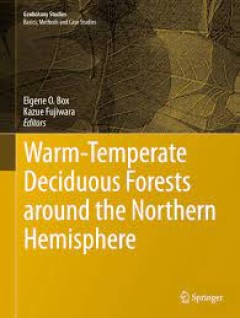
Warm-Temperate Deciduous Forests around the Northern Hemisphere
Warm-temperate deciduous forests are "southern", mainly oak-dominated deciduous forests, as found over the warmer southern parts of the temperate deciduous forest regions of East Asia, Europe and eastern North America. Climatic analysis has shown that these forests extend from typical temperate climates to well into the warm-temperate zone, in areas where winters are a bit too cold for the ‘z…
- Edition
- -
- ISBN/ISSN
- 978-3-319-01261-2
- Collation
- VIII, 292
- Series Title
- -
- Call Number
- -
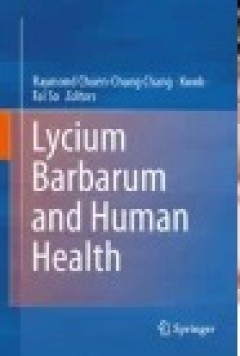
Lycium Barbarum and Human Health
This book seeks to unravel the mysteries of wolfberry, and systematically introduces its mechanisms in preventing aging-associated diseases, such as cardiovascular diseases, inflammation, liver and neurodegenerative diseases. Wolfberry, the dried fruit of Lycium barbarum, is an anti-aging herbal medicine. There have been numerous reports investigating the underlying mechanisms of its anti-aging…
- Edition
- -
- ISBN/ISSN
- 978-94-017-9658-3
- Collation
- -
- Series Title
- -
- Call Number
- -

Value Addition of Horticultural Crops: Recent Trends and Future Directions
This book combines several ideas and philosophies and provides a detailed discussion on the value addition of fruits, vegetables, spices, plantation crops, floricultural crops and in forestry. Separate chapters address the packaging, preservation, drying, dehydration, total quality management and supply chain management of horticultural crops. The book explains value addition as a process of in…
- Edition
- -
- ISBN/ISSN
- 978-81-322-2262-0
- Collation
- XIV, 342
- Series Title
- -
- Call Number
- -
 Computer Science, Information & General Works
Computer Science, Information & General Works  Philosophy & Psychology
Philosophy & Psychology  Religion
Religion  Social Sciences
Social Sciences  Language
Language  Pure Science
Pure Science  Applied Sciences
Applied Sciences  Art & Recreation
Art & Recreation  Literature
Literature  History & Geography
History & Geography